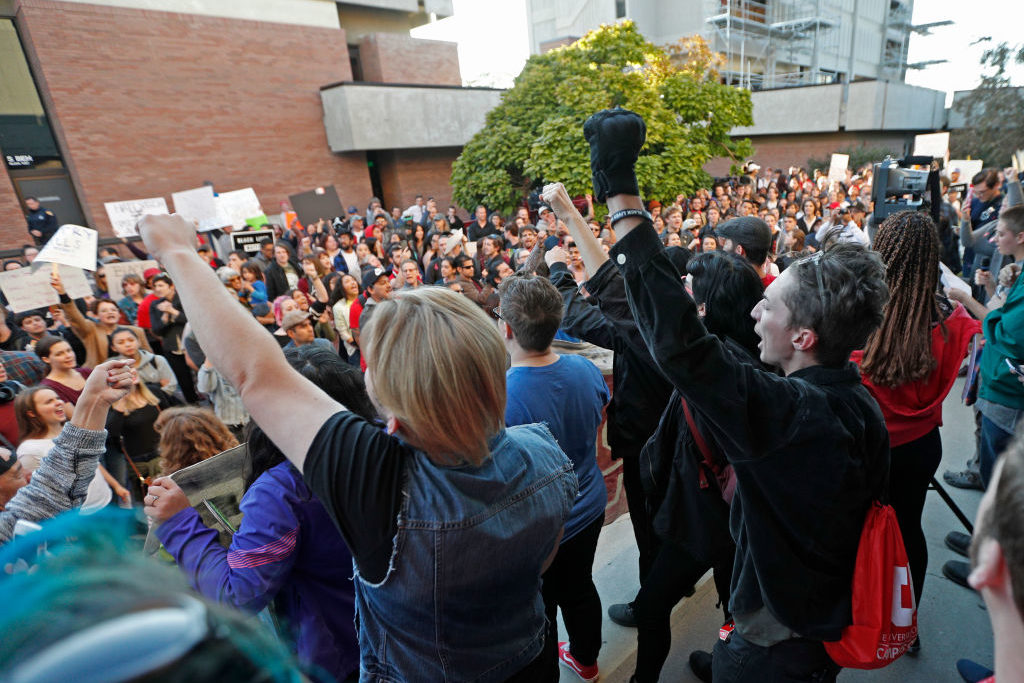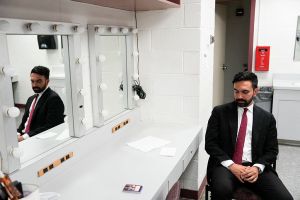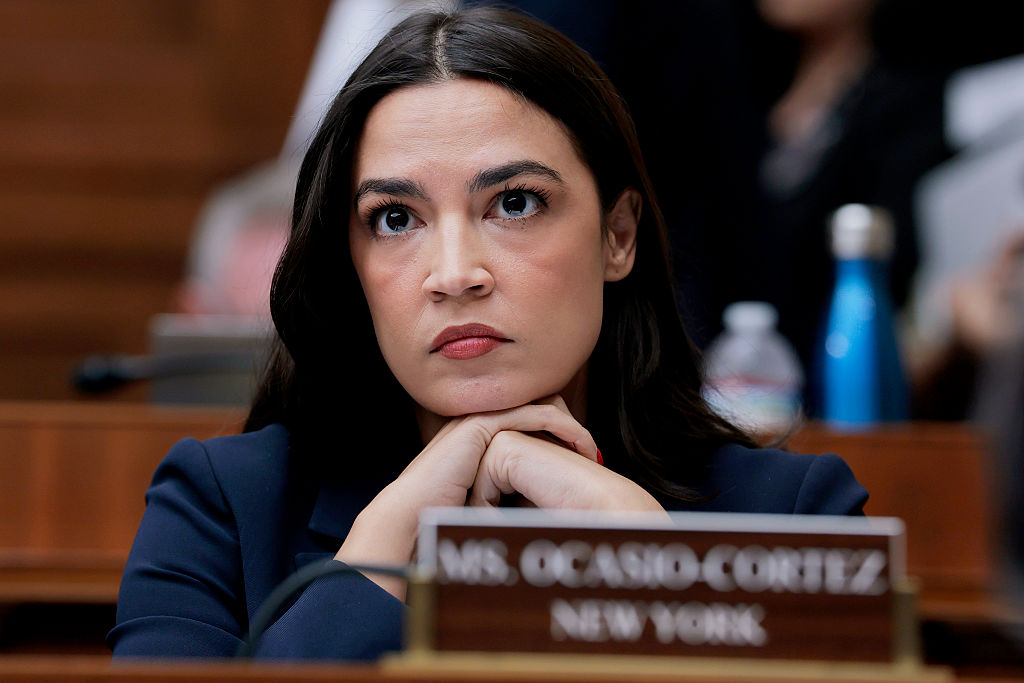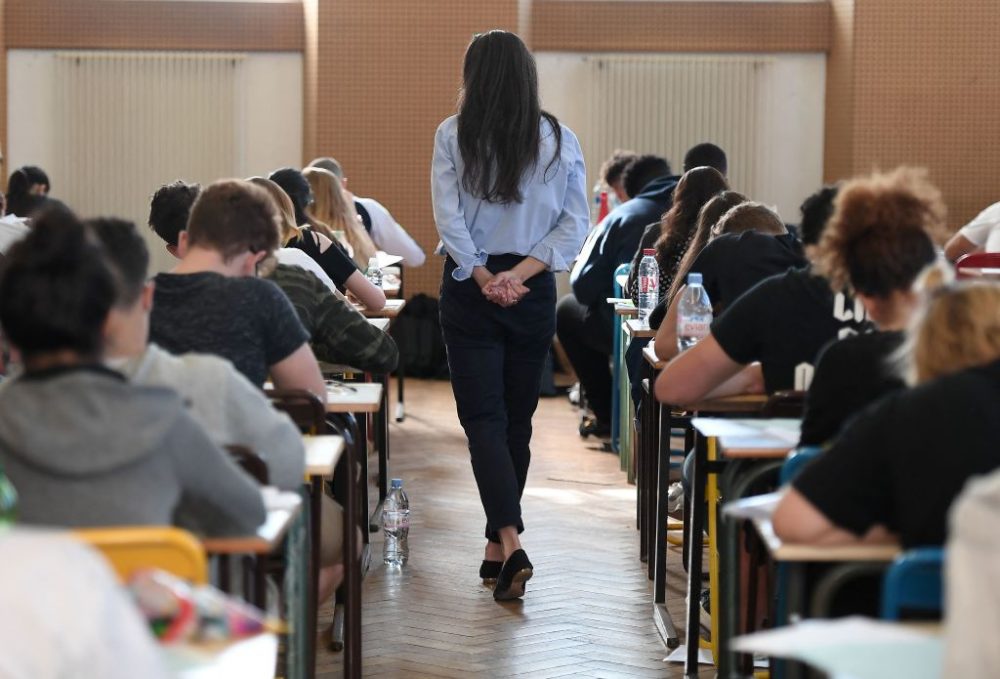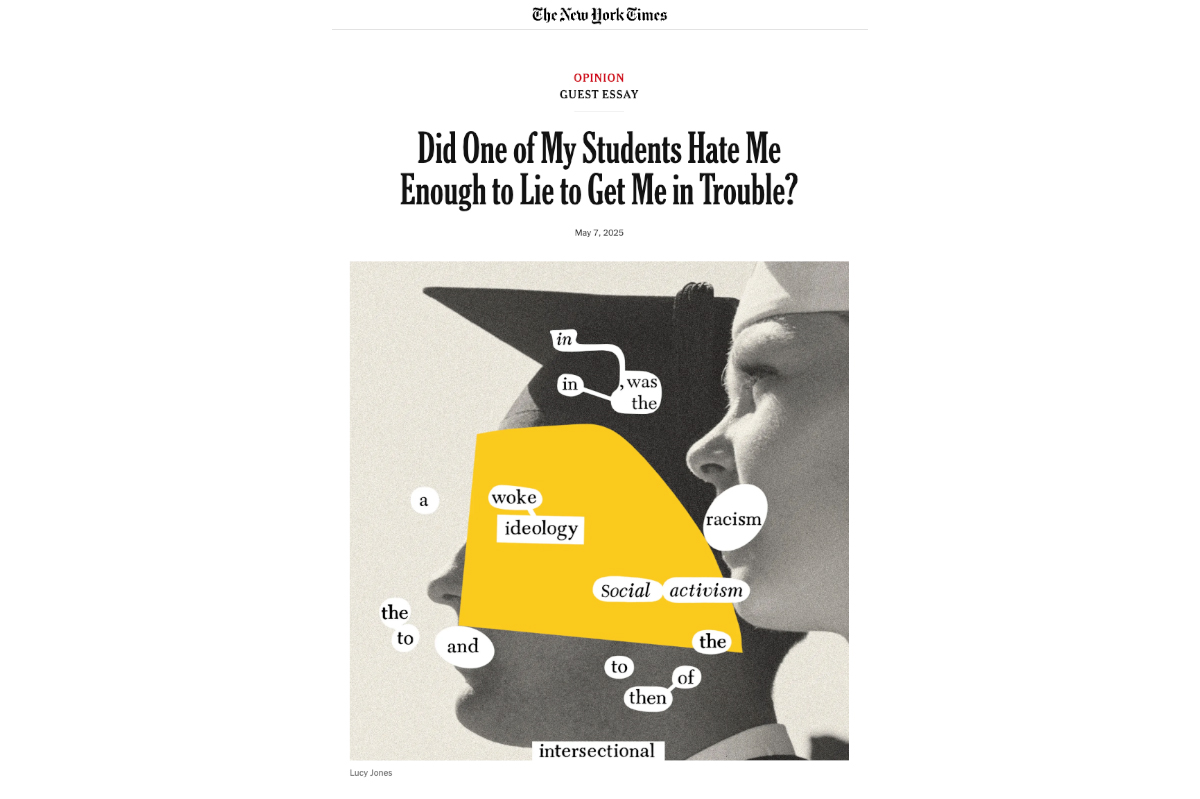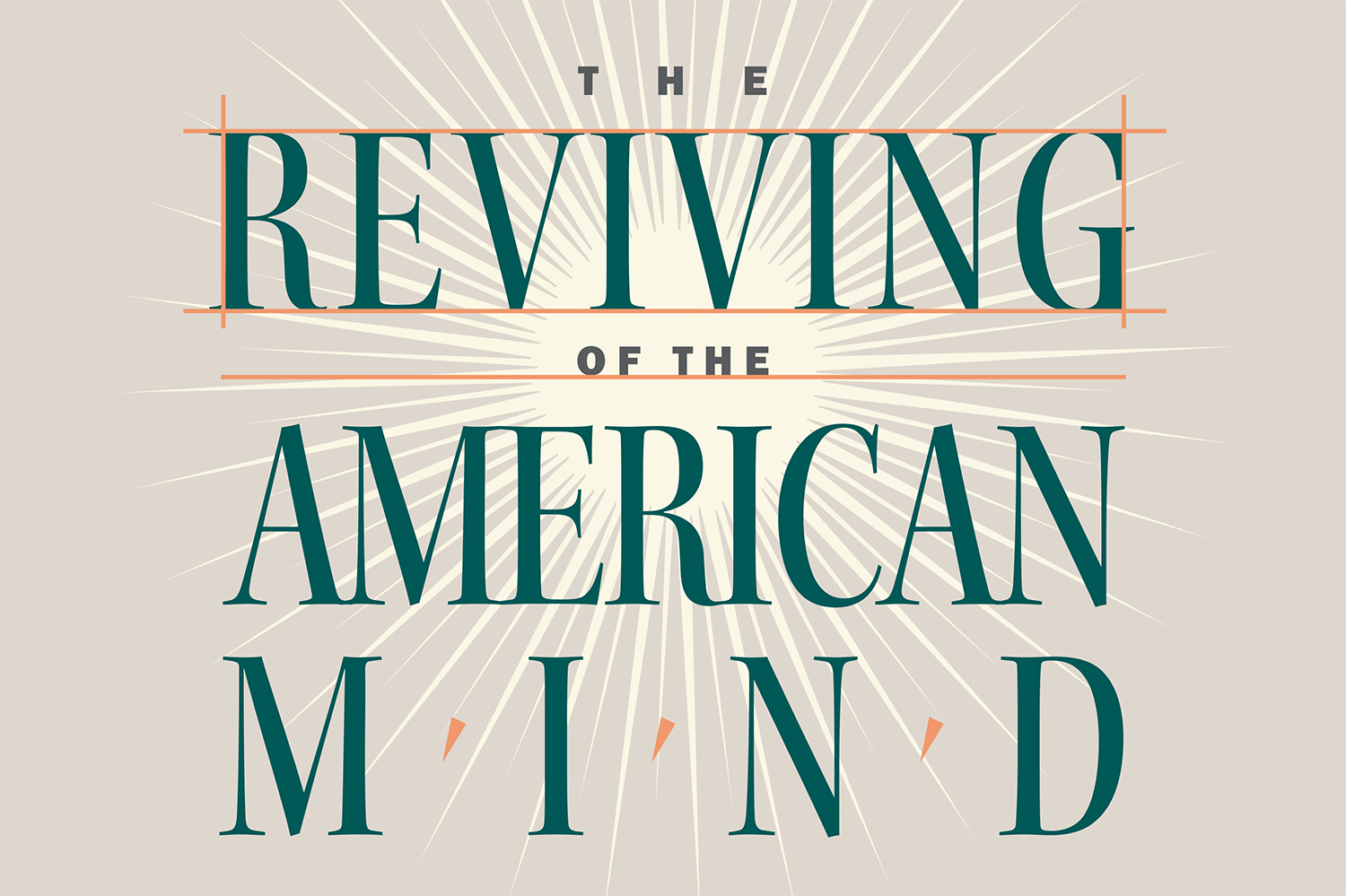This article is in
The Spectator’s November 2019 US edition. Subscribe here.
The French economist Thomas Piketty, who made his name with Capital in the Twenty-First Century (2013), has another book out next year called Capital and Ideology in which he looks at changing patterns of voting behavior in Britain, France and America. One of his findings is that, until quite recently, the more educated voters were, the more likely they were to vote for right-of-center parties. Now, the opposite is true. Which might explain why Donald Trump declared at the height of the 2016 presidential election: ‘I love the poorly educated.’
Piketty has already published a paper about this and the data he’s accumulated is eye-catching. For instance, just 45 percent of people who graduated high school but didn’t go to college voted for Hillary in 2016, compared with 70 percent of those with master’s degrees and 75 percent of those with PhDs. This isn’t an exact inversion of the 1992 presidential election, but it’s close: 55 percent of those with a high school education voted for Bill, her husband, but only 41 percent of those with a college degree.
There’s plenty more evidence of the leftward shift among college graduates. A Pew survey carried out before the last presidential election found that 24 percent of college graduates describe themselves as ‘consistently liberal’, compared with just 5 percent in 1994. Among those with graduate degrees, the change was even greater – from 7 percent in 1992 to 31 percent in 2015. And, as we know, the young in general are becoming more left-wing. A Harris poll this year found that 61 percent of Americans aged 18-24 had a positive reaction to the word ‘socialism’, compared with 58 percent reacting positively to the word ‘capitalism’. That echoes a Gallup poll in 2018 which found only 45 percent of 18- to 29-year-old Americans view capitalism favorably, down from 68 percent in 2010.
What accounts for this shift? My theory is that it’s due to the increasingly left-wing tilt of college professors. The expert on political bias in the American academy is still the late political scientist Stanley Rothman. His evidence shows that the proportion of US professors describing themselves as conservative declined from 34 percent in 1984 to 15 percent in 1999 and those describing themselves as left-wing increased from 39 percent to 72 percent. And the shift has continued in the past two decades. According to a more recent study of 51 of the top 66 ranked liberal arts colleges by Mitchell Langbert, 39 percent of them had no Republican staff on their faculties at all.
It’s not just the professoriat. Samuel J. Abrams, a political scientist at Sarah Lawrence, decided to research the political views of college administrators after the Office of Student Affairs at his university started organizing events with titles like ‘Stay Healthy, Stay Woke’, ‘Microaggressions’ and ‘Understanding White Privilege’. He surveyed 900 ‘student-facing’ administrators and found that liberals outnumber conservatives by 12 to 1. When Professor Abrams wrote about this for the New York Times last year, he discovered that the situation was even worse that he thought: his office door was vandalized, students circulated petitions calling for him to be fired, anonymous individuals filed harassment complaints against him and when he appealed to the president of Sarah Lawrence to defend his right to free speech, she reprimanded him for writing an op-ed without her permission.
How did American colleges become so biased over the past few decades? According to Greg Lukianoff and Jonathan Haidt, authors of The Coddling of the American Mind (2018), the left-to-right ratio across a majority of subjects was about two-to-one throughout most of the 20th century and only began to change in the late 1990s. That’s when the professors from the Greatest Generation, many of whom had found their way into university thanks to the GI Bill, began to retire. They were replaced by boomers who had come of age during the social protest movements of the 1960s and, in many cases, saw themselves as continuing to fight for social justice in the academy. That was particularly true of the social sciences and the humanities, where the left-to-right ratio is now, on average, higher than 10-to1. And this imbalance isn’t likely to change. A 2012 study by Yoel Inbar and Joris Lammers found that left-wing academics make no secret of discriminating against conservatives when it comes to job promotions and grant applications.
The standard rebuttal to this argument is that the left-wing views of college professors do not mean they’re biased. After all, it’s possible that the majority of academic staff are scrupulous about not letting their political views color their teaching. But while that might apply to the life sciences and, to a lesser extent, business studies, it’s unlikely to be the case outside those faculties. What people making this argument haven’t grasped is that most professors in the social sciences, humanities and the arts — not to mention the grievance studies departments that have started to metastasize in the past few years (cultural studies, gender studies, queer theory, critical race theory, whiteness studies, etc.) — don’t feel under a professional obligation to be politically neutral when it comes to teaching. On the contrary, they think it’s their responsibility to open their students’ eyes to injustice.
If I’m right about the cause of the leftwards shift among college graduates, don’t expect a correction any time soon. Robert Conquest’s second law of politics is that any organization not explicitly right-wing sooner or later becomes left-wing — and it remains so in perpetuity.
This article is in The Spectator’s November 2019 US edition. Subscribe here.



